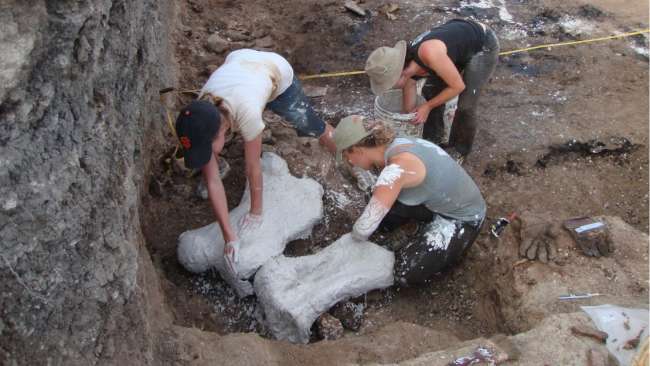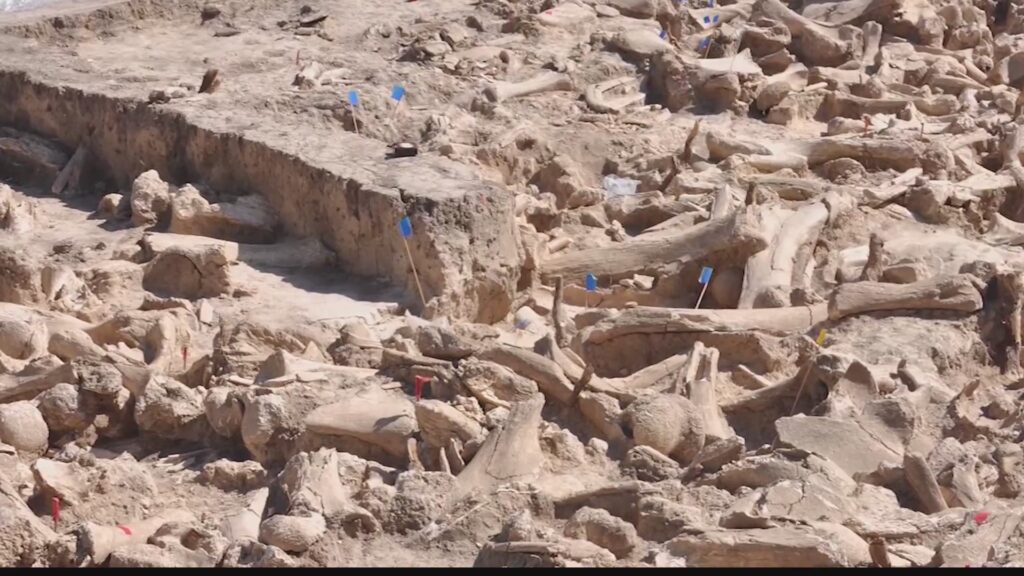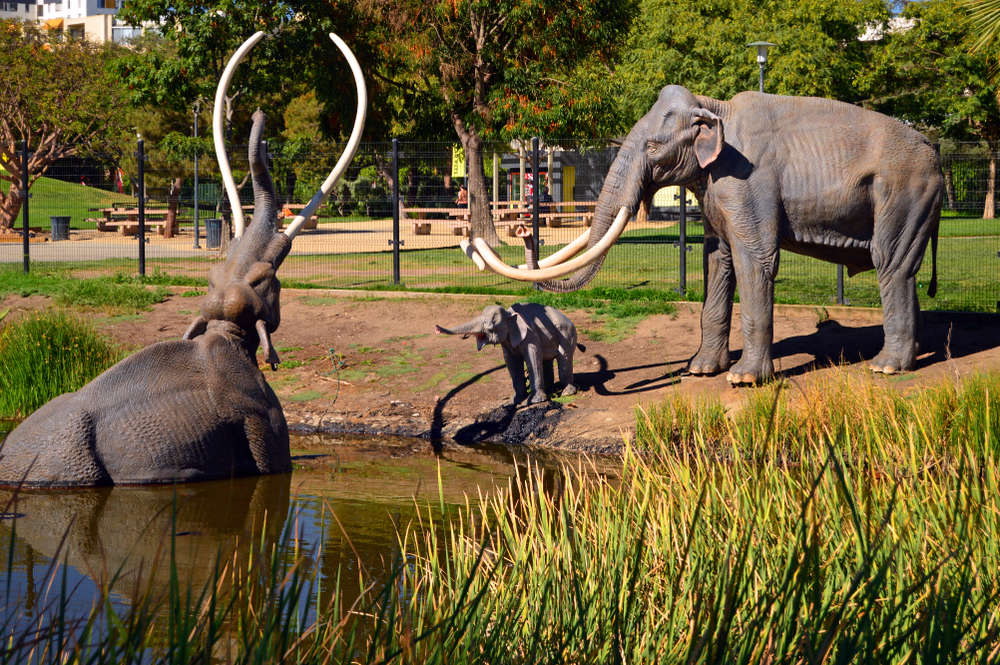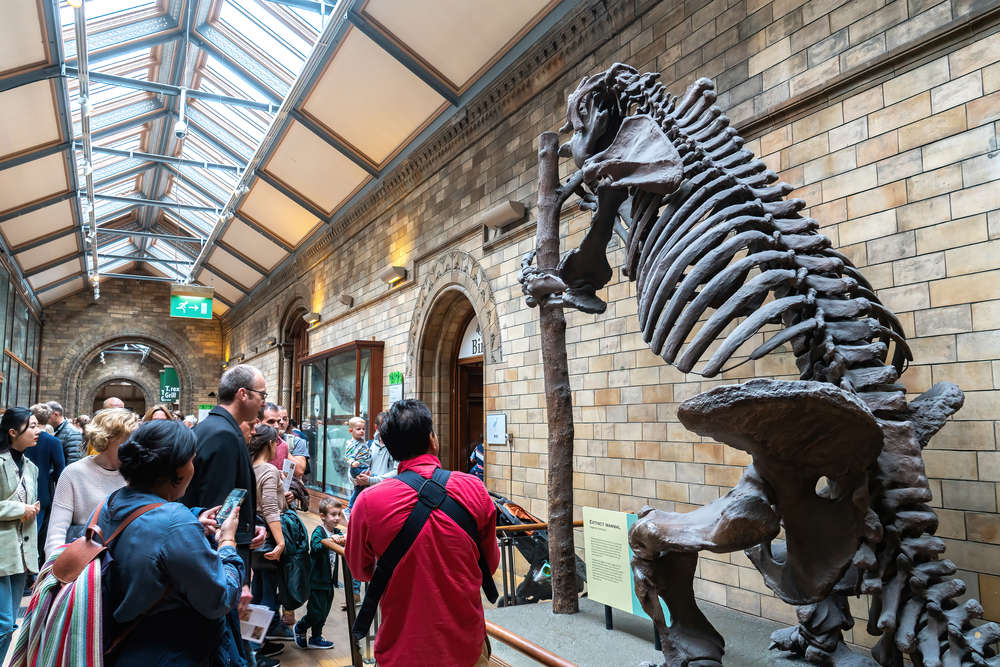Ice Age Graveyard Discovered Containing 22 Giant Sloths Preserved In Their Own Feces
A surprising find was made in Ecuador by paleontologists – a group of giant Ice Age sloths.
The 22 sloths of elephants, from the ice age, were found as fossilized. Paleontologists made the grand discovery preserved in asphalt during a dig at the Tanque Loma site in the Santa Elena peninsula, western Ecuador.
The fossils of the Panamerican ground sloths, known as Eremotherium laurillardi, were spotted during this dig.
Paleontologists excavating the site reported stumbled-upon bones belonging to 15 adults, five juveniles, and two newborns or foetuses of the mammoth creatures.
Experts believe these creatures roamed the Earth in modern-day Ecuador some 20,000 years ago.
Elephant-like in size, the sloths may have weighed several tonnes. The ancient animals also boasted the impressive ability to walk on two legs. This is unlike their current incarnations who walk the Earth today.


Palaeontologist Jose Luis Roman-Carrion of the National Polytechnic University in Ecuador said: “The Tanque Loma site presents a rare accumulation of fossils that provides very relevant data.
“We now know that the Eremotherium lived in groups and had parental behaviour.”
The fossils were likely so well preserved because they had been coated in seeping asphalt. The mammoth sloths were discovered alongside an ancient horse, a deer, an armadillo-like pampathere, and an elephant-like gomphothere.
Experts remain unable to determine the exact cause of death simply by looking at the fossilized bones. However, researchers believe the deaths may have resulted from drought or illness caused by drinking water contaminated with their own faeces.

The University of California, Los Angeles palaeontologist Dr Emily Lindsey, led the study of the sloth fossils.
Dr. Lindsey explained to Gizmodo: “For years, everyone has thought of the classic scenario at the La Brea Tar Pits, where a large herbivore would get stuck in asphalt, then a bunch of carnivores would be attracted to the trapped animal and get stuck.
“Nothing got stuck at Tanque Loma! The animals died in an aquatic setting like many other fossil sites, and the bones just fortuitously got preserved by seeping asphalt.”
The news arrives almost exactly two years after a similarly amazing ancient sloth discovery. A fossilised human footprint was found nestled inside a giant sloth footprint in April 2018.
Experts now believe the series of surprisingly well-preserved set of tracks describe the story of an ancient sloth hunt.
This was because inside the outline of the sloth’s 20-inch-long foot was a human footprint. There were at least 10 of these tracks, all lined-up in a row.
Professor Matthew Bennett of Bournemouth University said in a statement: “It slowly dawned on me what was happening.
“Thousands of years ago, a ground sloth had walked along with this site, and a person had followed it, carefully matching its every step.






